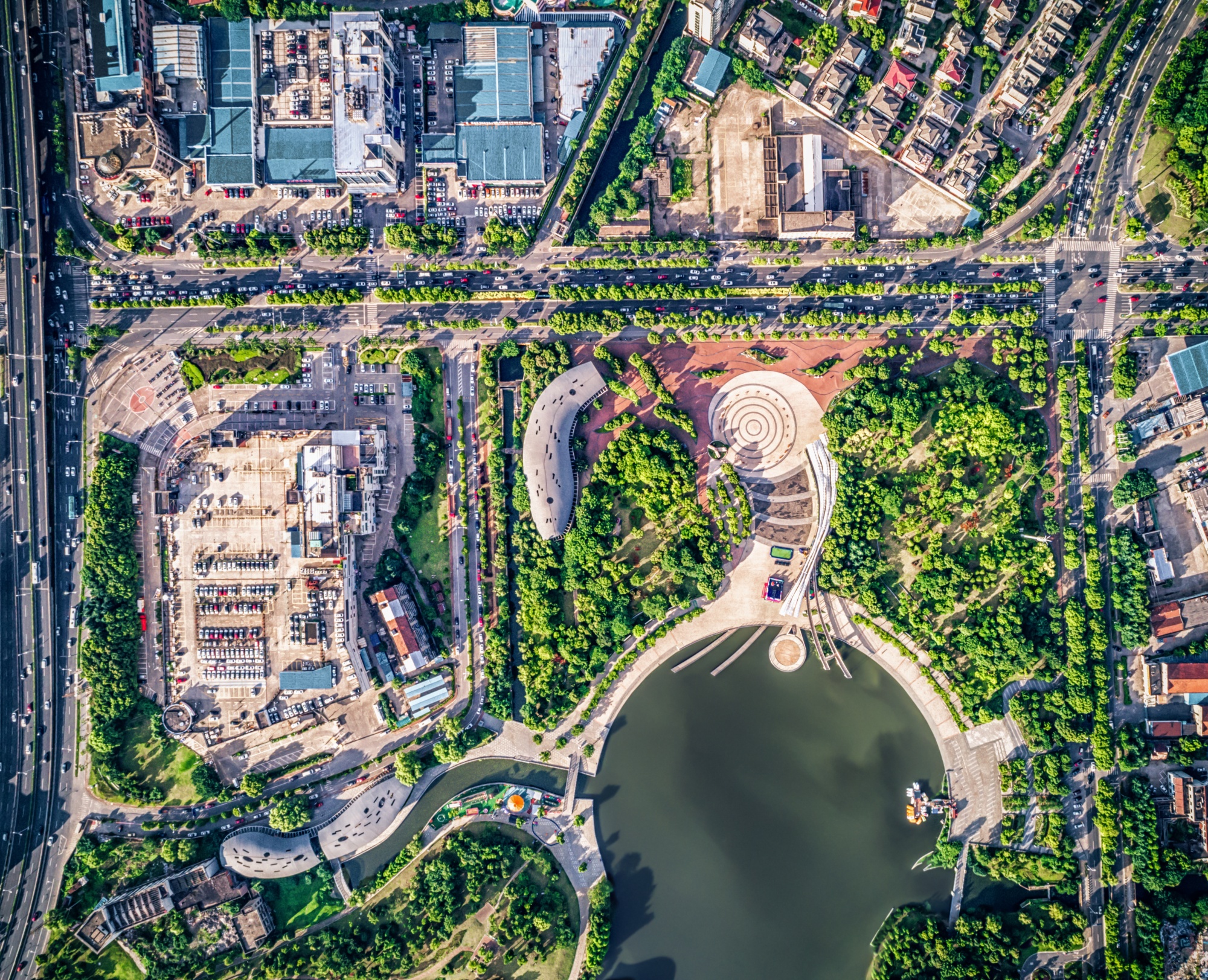Introduction
Urban sprawl is a pressing issue in Pakistani cities such as Lahore, Islamabad, and Karachi. As rural populations migrate to urban centers in search of better opportunities, cities expand outward rapidly, often in an unplanned and haphazard manner. This uncontrolled growth creates substantial challenges for urban infrastructure, environmental sustainability, and the delivery of essential services.
Causes of Urban Sprawl
The root causes of urban sprawl in Pakistan include rapid population growth, inadequate urban planning policies, and the lack of affordable housing within city centers. Developers frequently favor low-density housing projects on the peripheries, exacerbating the spread of urban boundaries without adequate transportation or utility planning.
Impacts on Infrastructure and Services
Sprawling development strains existing infrastructure. Road networks become congested, public transport systems remain underdeveloped, and utilities such as water supply and electricity are difficult to extend to newly developed areas. Furthermore, agricultural lands and natural habitats are lost to construction, contributing to food insecurity and environmental degradation.
Policy Interventions
To manage sprawl, city governments must adopt transit-oriented development (TOD), invest in public transport, and enforce zoning regulations that promote high-density, mixed-use developments. Master planning should include green belts and urban growth boundaries to limit expansion and encourage vertical rather than horizontal development.
Conclusion
Urban sprawl threatens the livability and sustainability of Pakistani cities. By implementing forward-looking policies and integrated planning approaches, urban sprawl can be curtailed to foster efficient, inclusive, and resilient cities.

